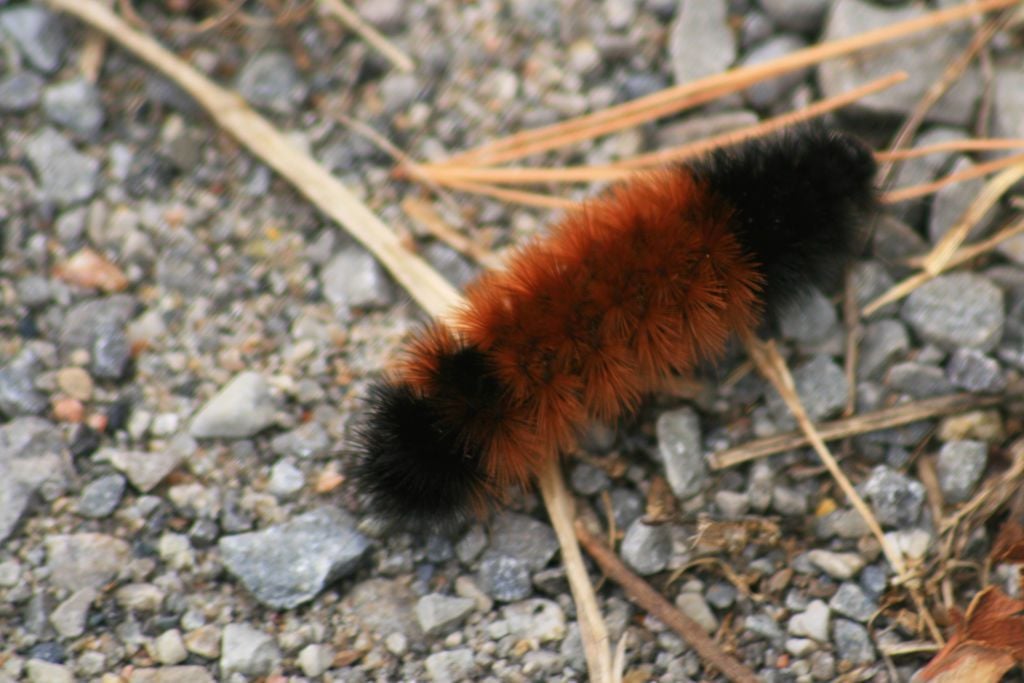The annual Woolly Worm Festival is a fiercely popular local event that’s been going on for nearly half a century.
Todd Bush
Last weekend, thousands of people flooded into a tiny town in North Carolina to watch caterpillars race. The creepy-crawly contest is at the center of the annual Woolly Worm Festival, a fiercely popular local event that’s been going on for nearly half a century. The tradition runs deep, and the stakes are high: The winning human gets a $1,000 prize, and the winning woolly worm caterpillar (Pyrrharctia isabella) gets the honor of predicting the weather for the winter to come.
Folk traditions are common in this part of the country. August fog means a snowy winter, and low beehives portend a blizzard. But the caterpillar myth has been one of the most persistent, and it’s certainly the only one with serious competition behind it.
But is there any truth to it?
How to read a worm
Ask Tommy Burleson if the caterpillars’ predictions have merit, and his answer is an emphatic yes. That’s not surprising; he’s been the festival’s official “worm reader” for the past 30 years. The method, he explains, is very specific.
The winning woolly worm caterpillar (Pyrrharctia isabella) gets the honor of predicting the weather for the winter to come. Creative Touch Imaging Ltd./NurPhoto via Getty Images
“In reading the worm, you break it down into 13 segments. Those are the 13 weeks of winter,” Burleson says. “If the segment is black, that’s going to be below-average temperatures with snow. If it’s what we call ‘amber,’ which is a dark brown, temperatures are going to be right around average. Here in Avery County, that’s about 27 degrees Fahrenheit. If it’s a light brown, that’s above-average temperatures. And then if you have ‘fleck,’ which is a band that has a combination of brown and black: That’s going to be below-average temperatures with frost or maybe a little bit of ice in the morning.”
To read a worm, you start near the head and move backward from there. The foremost segment corresponds with the first week of winter; the tail-end segment corresponds with the last.
The approach was handed down to Burleson from former worm readers, who, in turn, learned it from generations before them. No one seems to…
Click Here to Read the Full Original Article at Travel | smithsonianmag.com…
